We are living in a time of unlimited free shutter clicks. This is both an advantage, and a disadvantage for you as a photographer. On one hand, the learning curve is faster, easier and definitely a lot cheaper. On the other hand, many photographers have a tendency to shoot without taking much care in their composition and rely on the occasional lucky shot.
Stop shooting randomly and start photographing with intent. Before you click that shutter, ask yourself: “What do I want to convey? What story do I want to tell?” There are many ways to achieve this, here are few easy steps to help you step up your game, no matter what camera or lens you use.
Six Steps to Start to See Photographically
1 – See the light
Play with def=”http://digital-photography-school.com/book/naturallight”>light and shadows. Be aware of the quality of light around you (hard versus soft light) and its effect on objects, buildings, etc. The more aware you become of the quality and quantity of light, the better you will be at harnessing it and making it work for you, no matter the time of day.

See the light, its effect on buildings and objects around you Val rie Jardin
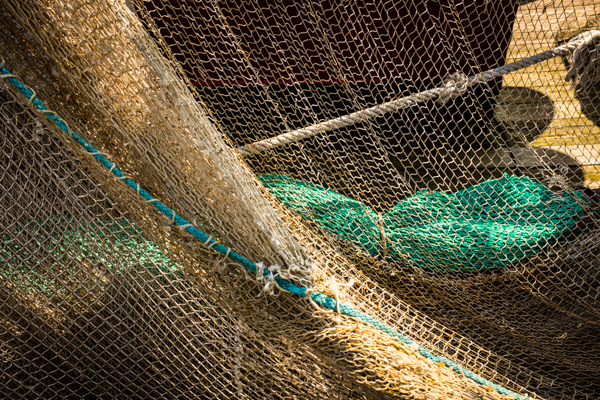
When you see light, any ordinary object will become a wonderful subject Val rie Jardin
2 – Express your vision with basic composition rules
There are many ways to express your vision and they all start with the decisions you make before you press the shutter.
Use focus point and depth of field
The obvious way to lead the eye of the viewer is by focussing on the subject and using the right depth of field so that there is no mistake as to where the eye should go. It only takes a fraction of a second to lock your focus and recompose. You have to put some thought into it and soon you will make quick decisions that will make your images stronger.
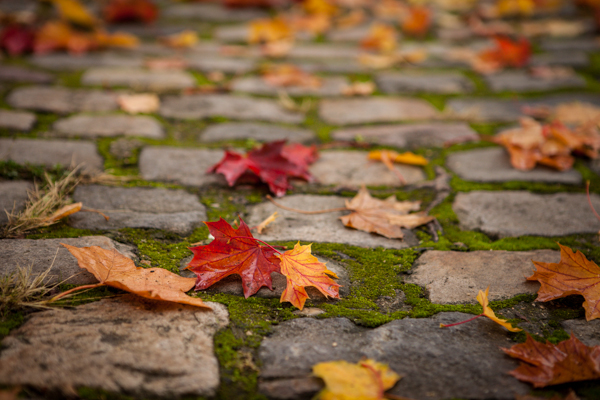
Use focus point and depth of field to lead the eye to your subject Val rie Jardin
Leading lines
Too often ignored, the use of lines is a powerful tool to lead the eye.
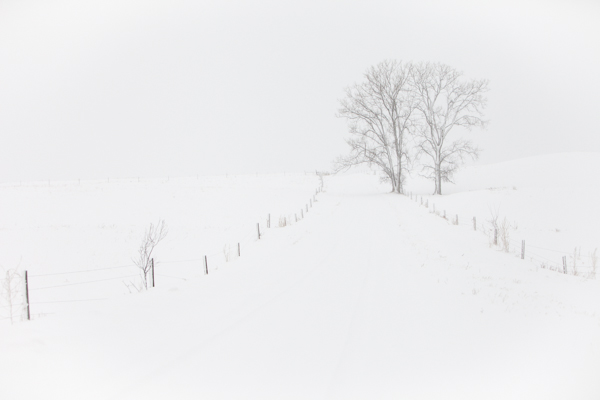
Use leading lines in your composition Val rie Jardin
The rule of thirds
Positioning your subject in your frame is one of the most important decisions you will make in regards to your composition. You cannot overuse the rule of thirds, but it’s okay to break it as long as it is done intentionally.

The rule of thirds works, use it! Val rie Jardin

Break the rule of thirds as much as you want, as long as you know why you’re breaking it. Val rie Jardin
Using color
Just like using focus point to draw the eye, using color is another powerful compositional tool. Alternatively, because color draws the eye, it is also a reason to convert your color image into B&W to remove distracting colorful elements and make stronger images!
Negative space
The clever use of negative space makes stronger images as it puts more emphasis on the subject (positive space).
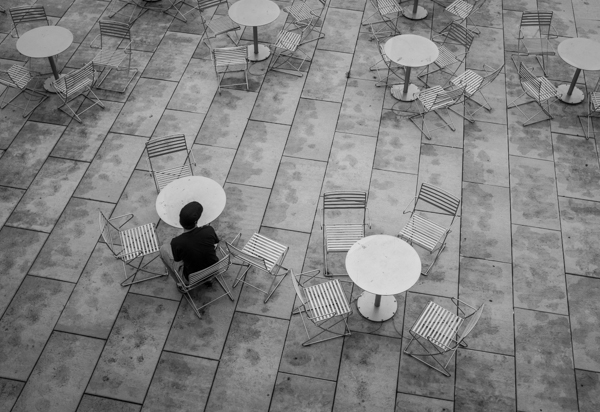
Use negative space to give more impact to your images. Val rie Jardin
Patterns
See and use repeated patterns or, even better, look for breaks in the pattern!
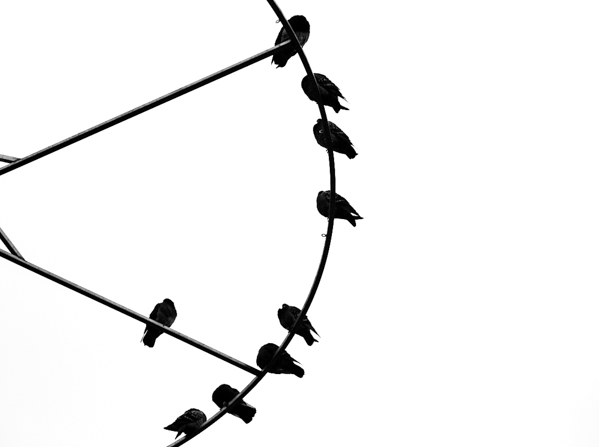
See repeated patterns. Even better: a break in the pattern! Val rie Jardin

Soon you will see stronger images that incorporate several elements such as repeated patterns, leading lines, rule of thirds and color that draws your eye to the main subject. Val rie Jardin
3 – Less is more
Learn to make stronger images by leaving unnecessary elements out of the frame. One thing I notice all the time when I look at my students’ work is that they tend to include too much in their frame. What you decide to leave out of the frame during your composition will make or break the image. Keep it simple. Learn to see and crop in camera.

You don’t need the subject in its entirety to have a strong image. Practice cropping in camera. The use of a fixed lens will help you! Val rie Jardin
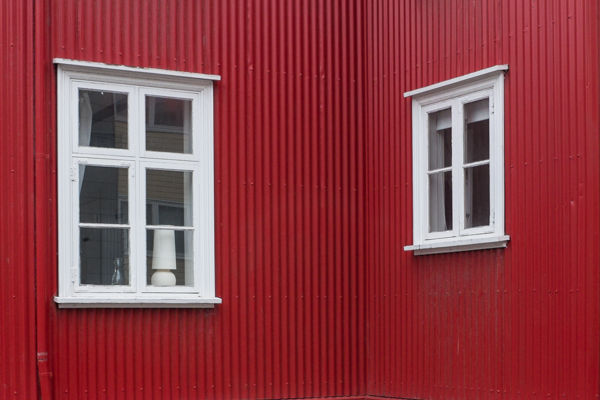
Less is more, think minimalist and give more impact to your images! Val rie Jardin
4 – Get close and fill your frame
Objects, even the most ordinary ones, look more interesting if you frame them tight. Get close. You think you’re close enough? Now get closer!

Fill your frame! Val rie Jardin

Get close, and then get closer! Val rie Jardin
5 – Work your frame
Try shooting from different perspectives, shoot high, shoot low. Tilt your camera for more dynamic images.
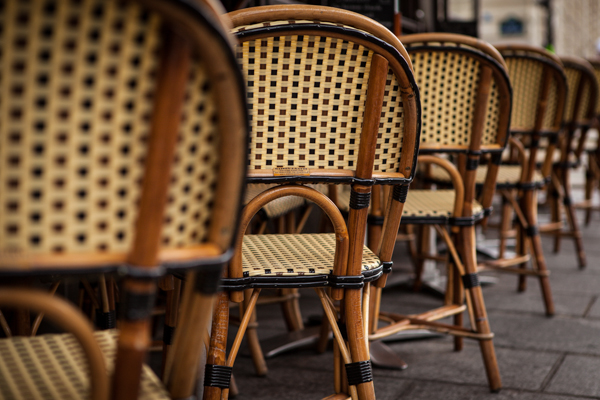
Work your frame: shoot high, shoot low… things don’t look very interesting at eye level. Val rie Jardin
6- Watch your background!
It only takes a second to scan the edges of your frame and check your background for distracting elements. It also only takes a quick second to move one step in either direction to get rid of a distracting element or avoid a branch to stick out of someone’s ear.
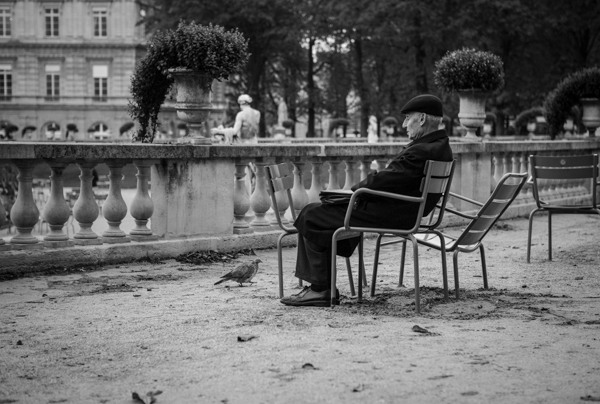
This image would have been ruined had I not stepped slightly to the right to avoid the potted plant to be directly on top of the gentleman’s head. Val rie Jardin
Next time you go out with your camera, try to slow down and think more about what you want to convey with your images. Unless you are photographing birds, busy toddlers or action sports, try to make every shutter click count!
Soon these composition rules will become second nature. You will see them without having to even think about them, you will learn to see photographically, and your work will improve.
Have fun!
Post originally from: Digital Photography Tips.
Check out our more Photography Tips at Photography Tips for Beginners, Portrait Photography Tips and Wedding Photography Tips.
Start To See Photographically In Six Easy Steps
The post Start To See Photographically In Six Easy Steps by Valerie Jardin appeared first on Digital Photography School.